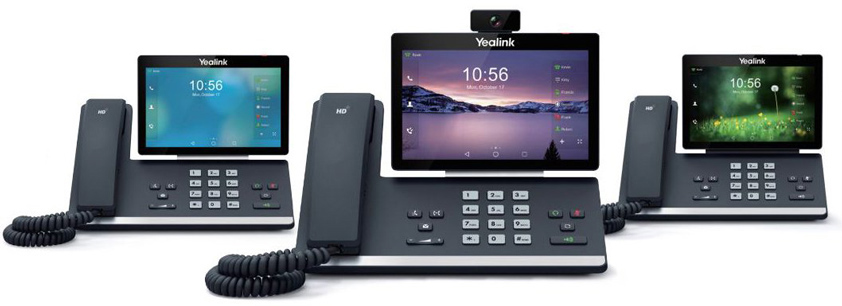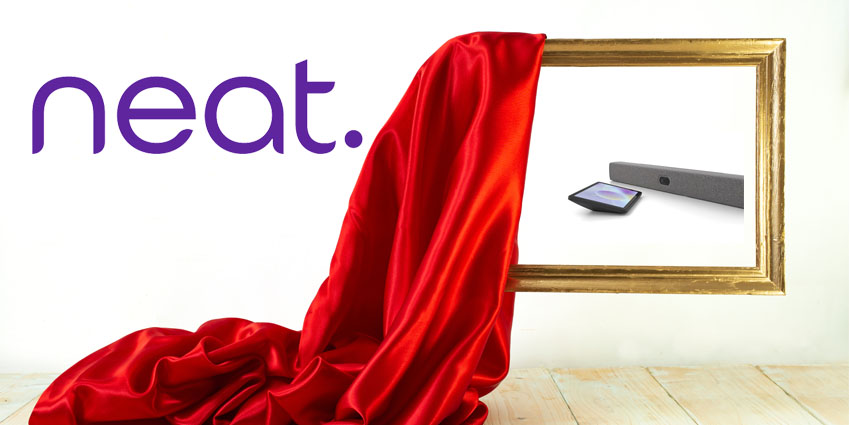While desk phones are likely to be a permanent staple in most business operations – they don’t need to be outdated and out-of-touch. Many predicted that mobile and softphones would kill the desktop phone, but this has not yet happened completely. In fact, it seems that the desk phone is destined to survive – though it might need a serious overhaul.
The Evolution of the Desk Phone
The state of the modern IP phone hasn’t changed much within the last five or six years. In fact, its design and use hasn’t changed greatly since the first introduction of telephones. For many, this is an inexcusable problem considering the ever-changing technical industry.
Though many believe that the deskphone will be here for a while – thanks in part to its inherent usefulness, the modern end-point can always be updated to improve modern workstyles and enhance productivity. For instance, experts often suggest that the IP phone should also be a Wi-Fi access point in a time when Wi-Fi connectivity is more essential than ever before.
On top of that, there’s the IoT consideration. The modern world is turning more frequently to IoT devices for increased security and smarter facilities, meaning that the modern IP phone could easily be loaded with extra sensors for Bluetooth, motion, light, and a range of other features.
Looking at Ways to Improve the Desk Phone
The chances are that the phone will always be an inherently audio-based device. Many desktop computers are equipped with a microphone and speakers. However, if the IP phone had the ability to connect with computers, it would provide better acoustics. This means that modern IP phones should be looking for ways to access connections for PCs. They could even offer controls to turn down computer audio during calls.

At the same time, as most UC systems are already equipped with video, it doesn’t make sense to avoid sharing the webcam on a PC with the phone. Vendors can always look for ways to create stronger relationships between phones and PCs.
What’s more, the display of the phone should be considered a corporate resource. Phones don’t move around as much as a standard laptop. Rather than having to rely on apps, organisations could leverage the display of a phone as a separately controlled screen, then provide access to various enterprise information systems such as HVAC controls and CCTV for ongoing information, including data about workflow.
Though in older days, the phone was just a proprietary terminal located within a closed network – today we live in a world of connections, where everything is meant to link along to everything else. While there was a time when the desk phone looked down on mobile phones, thanks to wireless technologies, the desk phone has amazing potential. For instance, the desk phone could pair with the smartphone to offer a larger speaker and handphone as a peripheral for existing technology. What’s more, IP phones could offer charging ports for mobile phones!
Adding the Extra Touches
For many people, the modern IP phone has a long way to go before it achieves ultimate optimisation. While there are some exceptions available on the market – many physical phones are less refined than softphones. However, there is no need for such a disparity when both options are software-based. It would be much preferred for more physical phones to offer one-touch records and more.
Though there has been a range of innovations in desktop phones, the greatest and latest models now have better screens, faster operating systems and more – there’s still work to be done. The desktop phone is ready to be reinvented and re-introduced into a smarter, more connected world.







